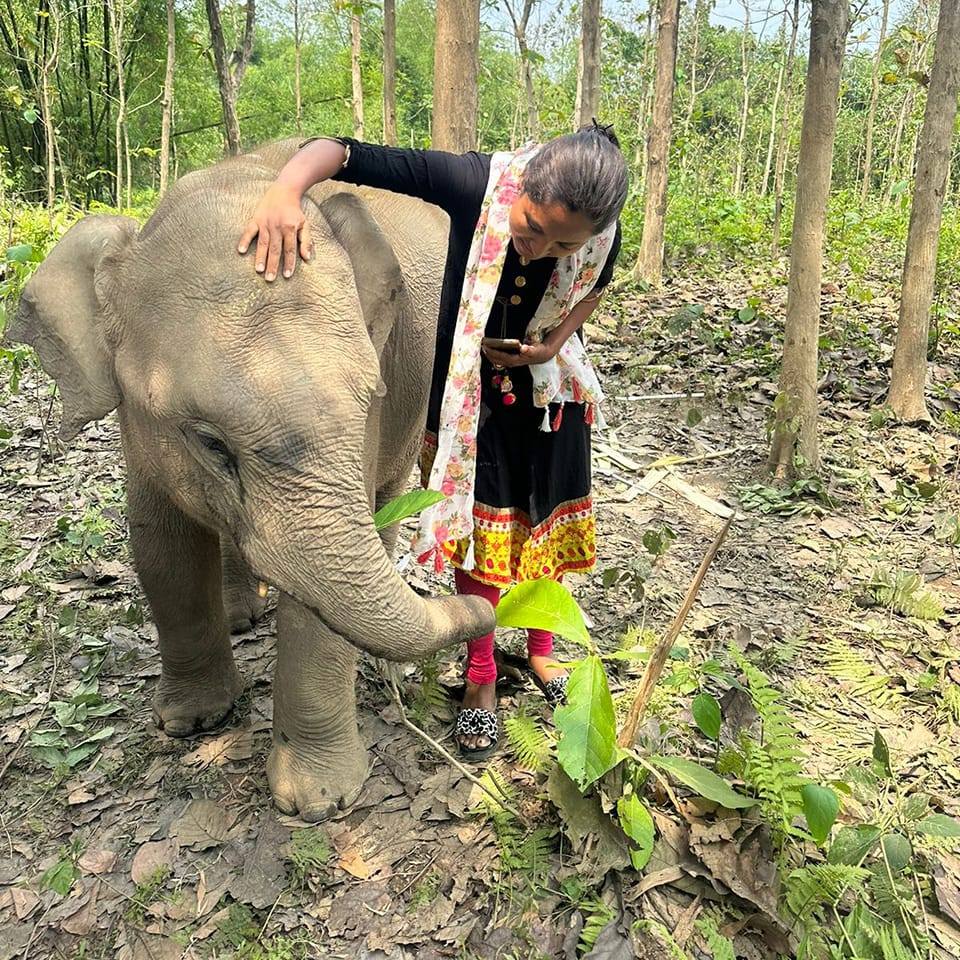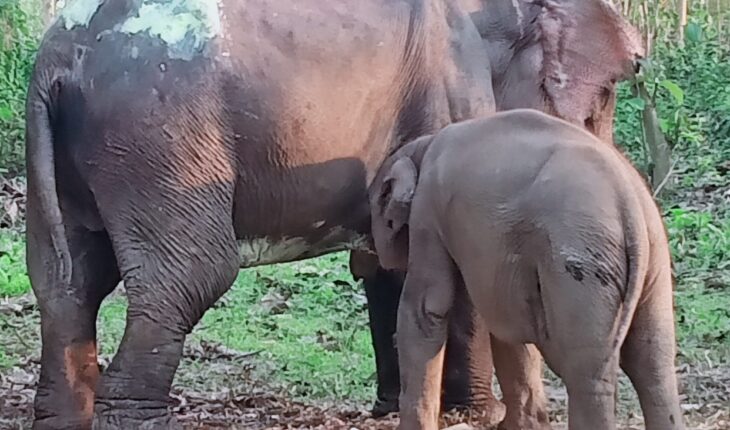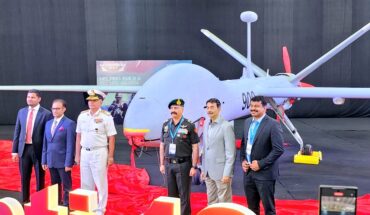Elephants embody the divine essence of Lord Ganesha and hold the revered status of protected wildlife. Nonetheless, distressing reports surface from states like Kerala, Tamil Nadu, and North-East, revealing atrocities inflicted upon these gentle giants.

Tara, a 60-year-old female elephant hailing from Tripura, endured unspeakable cruelty and abuse at the hands of her owners. Despite being five months pregnant and elderly, she was coerced into strenuous field work, resulting in unimaginable suffering. Struggling with a fractured leg, sleep deprivation, numerous wounds, visible injuries, and a damaged eye, Tara’s plight was heart-wrenching. The perpetrator of this heinous act, Akhtaruddin Shaikh of Irani village in Unokoti district, is now under the scanner of the law. The court was yet to decide his fate as he kept elephants illegally without a valid license. A distressing video capturing Tara’s forced journey on foot alongside her 22-month-old calf, Vanny, circulated widely on social media, igniting outrage. The High Court, after examining the petition filed by Agartala-based animal welfare activist and advocate, Paramita Sen, issued notices to the forest and animal resource development departments. Kuntala Sinha, the visionary behind Go Green & Help Stray Animals, a local NGO, played a pivotal role in shedding light on the distress of the suffering elephant. In response, Maneka Gandhi of PFA promptly contacted forest officials.

Responding swiftly to an urgent plea from Kuntala Sinha, a medical team from Vantara, Gujarat, arrived to administer treatment to the ailing elephant. Tara’s injuries were severe, necessitating intensive medical care. Consequently, the mother and calf were transported to Vantara in Jamnagar, where comprehensive treatment and compassionate care await them. Vantara, spearheaded by Anant Ambani, stands as a beacon of hope for animal welfare, boasting exceptional facilities for the rehabilitation and world-class treatment of over 4,000 animals spanning 134 species, including 300 elephants. Tara and Vanny will find solace and sanctuary within its confines. Notably, 23 other elderly and distressed elephants from Tripura have already found refuge at Vantara sanctuary. More than 150 elephants have been transferred to Vantara from Northeastern India in the last few months.

Vanni with animal activist Kuntala Sinha in Tripura
The plight of elephants is dire, as evidenced by their dwindling numbers, leading to their classification as Endangered by the International Union for Conservation of Nature. Further safeguarding their status, elephants are protected under Schedule 1 of the Wildlife Protection Act of 1972, irrespective of their habitat. Official data indicates India harbors 27,000 elephants, with approximately 2,675 in captivity. These captive elephants find themselves in various settings, from forest department-managed camps and rescue centers to zoos, temples, and under private ownership. However, despite legal protections, elephants encounter formidable challenges. The diminishing expanse of forests deprives elephants of crucial resources such as food, water, and shelter, compelling them to venture into villages. This incursion often triggers conflict with humans, exacerbating an already precarious situation.
The conditions faced by captive elephants are equally distressing. These majestic beings endure overwork, isolation, captivity, starvation, and rampant cruelty, both physical and psychological. Reports of maltreatment in temples, particularly in southern states like Kerala, highlight the pervasive nature of this issue. Moreover, in the name of tourism, elephants endure further exploitation and cruelty, with Rajasthan among the states implicated in such practices. Indian elephants confront many pressing threats, including habitat loss, poaching, and perilous encounters with electric wires and railways, all compounded by human conflicts. Disturbingly, between 2014 and 2020, the Ministry of Environment and Forests recorded a staggering 474 elephant fatalities due to electrocution.
Essential to their survival, elephants require vast quantities of green fodder daily. Yet, as their natural habitats diminish, they are forced to seek sustenance in agricultural fields, triggering conflicts with farmers and exacerbating human-elephant tensions. The construction of highways, expressways, railways, and canals further encroaches upon elephant habitats, highlighting the critical need to safeguard their migratory routes. Moreover, extensive deforestation and urbanization have encroached upon significant swathes of forested land, leaving insufficient space for elephants to roam freely. This dire situation extends beyond individual states, reflecting a nationwide challenge in preserving elephant habitats and ensuring long-term survival.
Narvijay Yadav is a senior journalist & columnist. Views are personal.
Email: narvijayindia@gmail.com






